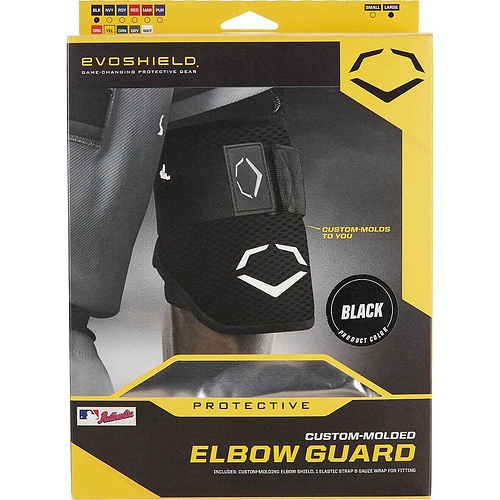It all accomplishes the same the same thing; getting the engine set to the proper tolerances. That hasn’t changed, it’s just the amount of work involved to achieve that goal that has changed. KT100’s are pretty crudely built engines when new that need a lot of work; de-burring, machining case halves, aligning bearing pockets, squaring the cylinder base…it’s a long list. Modern kart engines, other than honing, don’t require all that machine work. But that doesn’t mean they don’t benefit from the work I listed in my post.
Most common kart engines have a slip fit between the crank journal and main bearing inner race, not an interference fit like you found on the TKM. The bearing can slide on and off the crank by hand. The movement is just how much the crank slides laterally back and forth on the inner bearing race. Part of this is the axial play of the bearing itself, but most is the crank journal sliding on the inner race. On modern engines, where the case halves cannot be machined, this play is adjusted by either putting in or removing spacers behind the main bearings or by adjusting the crank width spacing.
Thanks for the reply. Have to admit to ‘having the crank journal down a bit’ on the TKM. Made me feel happier at the time!
So, you call it blueprinting, I call it tuning, what would you call what they do to a Yamaha, not only to match the governing bodies specifications, but to make it competitive. Because out-of-the-box they’re not competitive. I’ve heard of cases where they wouldn’t even run they were so out of spec. I’m not trying to one up you, just pointing some things out, hoping for response, good or bad.
Piston clearance; I’ve heard that some, running the KT100, set the piston clearance at .001". And that’s with a direct drive turning 17000 RPM.
Well I got the 100cc on. And well. I’m going to have to move the seat a decent amount. Or drive my kart with my right arm out like I’m making an airplane wing. In the normal sitting position my tricep hits the motor before I can even put my arm down all the way. And my elbow to steering wheel length is a perfect lock to make sure I’ll never turn right
Moving the seat too much might give some really bad handling issues. Some drive with the arm up. I moved my steering wheel up to the highest position, put the engine on a flat mount, and used a short chain. That helps get my arm away from the engine. Even that doesn’t get rid of the problem, but it is better.
Common problem, KA head is big. Either drive with your elbow out like a chicken wing, or move your hands up on the wheel.
The radiator is oddly huge and the spacing on the fins very wide. Seems oddly inefficient and requiring additional surface area. They could tighten that down, more tighter, smaller fins, maybe?
Also, Is it preferable to use highly conductive metal? I presume so because Aluminum is their choice… so why not get ridiculous and use a better conductor like copper? Heat? Cost is obviously not favorable.
I would suggest not to move your seat, rather adjust your position, maybe try a different motor mount, wear an elbow pad, or don’t worry about it. The head gets hot but not overly hot, just enough to let you know your elbow is on the head and you might want to move it.
As I plan out entering the world of the KA, coming from 4 stroke I’m trying to get a sense of how much fuel I should expect to consume.
How much faster does the KA burn fuel vs the 4 strokes?
I don’t know what 4 stroke normally consumes. But I normally start a club weekend with 4 gallons and have about a tank worth left at the end.
I would say with a practice day and then race day I could go through about 2 gallons
If it’s a low output four stroke like a 206, I’d multiply the consumption by about 2.5 for a KA or similar 100cc two stroke classes.
Evan you are close on your guess. Of course the amount of track time and length of races may determine the amount of fuel used but your estimate sounds about right. These engines are very sensitive to adjustments on the carburetor too. Most adjustments are in the minutes, visualize a clock hand and you might adjust 2 or 3 min and that makes a noticeable difference.
I have been reading that and my plan is to focus on carb tuning once up and running. Excited to get to know the package.
I was running into issues with my arm occasionally bumping into the KA head while driving, even though I keep my hands pretty high up on the wheel. I just started wearing a soft elbow pad on my right arm under my suit.
Should any of you ever drive a Honda gx390 (14hp 4-stroke that is sometimes found instead of 9hp gx270), it too requires an elbow pad. Another large and tall engine.
I started doing that with my old Leopard. I kept getting bruises on my right elbow. Of course I have Orangutan arms and no matter where I put my hands, my elbow still bangs the head. Not sure if I could even drive a KA if its that bad for the normal folk.
A pad is really the simple solution. First time I drove, MAJOR bruise ('bout hardball size) behind elbow. Now, small pad, maybe 4" X 3" X 1/4" closed cell foam, wrapped in place with ace bandage. Don’t even notice the cylinder head when driving and 0 bruising. Chicken winging-it or tucking your elbow in against your rib protector will prevent bruising but take your focus off driving.
